Nowadays, Missoula is the second biggest city in Montana,
and as home of University of Montana, one of its two main university towns along
with Bozeman. Missoula County’s license
plates start with 4, though, meaning it was in fourth place in terms of
population back when the system was created in the early 20th
century. That makes it part of modern
Montana, despite its long history, in contrast to more stagnant places like
Butte and Great Falls.
Missoula is the last large town in the state I’ve explored
in depth, although I did spend some time there on my 2001 trip to the state. I
had planned to last summer, but it was just too hot on my return from the
Glacier area. In a valley surrounded by
mountains, I don’t perceive of Missoula as a hot place, but it’s been that way
every time I’ve been there, and because of its 3,200 feet elevation,
considerably lower than Bozeman, it is somewhat warner on average througho.ut
the year. And with an average annual
snowfall of only 38 inches, it’s not a particularly snowy place either.
The city’s location in a valley surrounded by
mountains about 2,000 feet higher, though, seems to cause it more of an air
pollution problem in winter than Bozeman.
Although it struck me as a nice place with a great location surrounded
by mountains on my 2001 visit, I didn’t give Missoula that much thought as a
place to live when I was considering my latest move west.
Missoula definitely has more of a small city vibe than
Bozeman, despite now not being too much larger. The downtown is definitely
larger with more significant historic buildings, and surrounded a quite
significant expanse of historic older neighborhoods. The county courthouse downtown is an
expressive building, as is the Saint Xavier Mission Church. But actual sights
aren’t too extensive. I managed to cover
historic central Missoula in a few hours in the morning before it got too hot,
including the rather small art museum.
Despite Montana State University now having a larger
enrollment than University of Montana, Missoula strikes me as having much more of
a college town vibe than Bozeman.
And Missoula also has the reputation as
Montana’s liberal city, as evidenced by signs supporting left-wing causes like
Black Lives Matter in many establishments and a dearth of show of support for
Trump you see elsewhere around Montana. I recall hearing a piece on MTPR
(Montana Public Radio) by a guy reminiscing about transferring from Bozeman to
Missoula back in the late 1960s because it was so much more fun a place with
lots of beer and drugs. I can’t say I
got that vibe while walking around University of Montana’s attractive campus,
but definitely in a few parts of town.
Between it being summer and Covid-19, there was very little
activity on my walk around campus. I did
have a run-in with a drunk college girl, though, the evening before at Tamarack
Brewery downtown. She might not have been in college, but she and her friends
looked, acted, and drank like they were.
The loudest, drunkest one of the foursome that had been sitting at the
bar for a while, called me a “gray-haired fox” as she stumbled up the stairs
behind me as they were leaving.
That made me feel good.
At least Tamarack Brewery was open. Somewhat consistent with the more lefty leanings
of the town, many businesses were still closed or restaurants only open for
takeout at the time of my late July visit, in contrast to Bozeman and elsewhere
in the state where things are pretty much open. I recall reading an article
about Missoula County maintaining greater restrictions in place as the state
was re-opening a few months ago.
That even applied to one of the main sights I visited, the
historical museum at Fort Missoula on the outskirts of town. While the grounds
and some of the outlying buildings were open, the main museum building had
closed again. An interesting fact about
Fort Missoula was that it served as a detention center during WWII for enemy
aliens, mostly more than 1,000 Italian merchant seamen in the U.S. at the time war
broke out but also smaller numbers of Germans and Japanese.

 Missoula, Montana, United States
Missoula, Montana, United States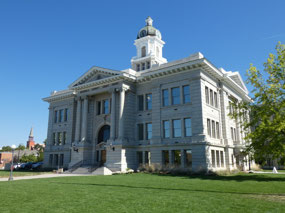
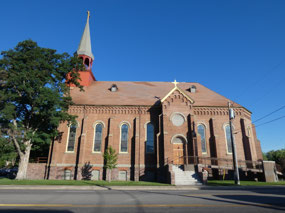

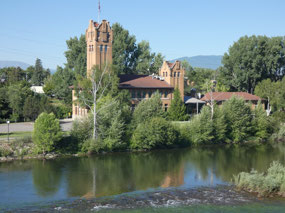

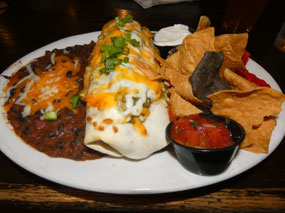
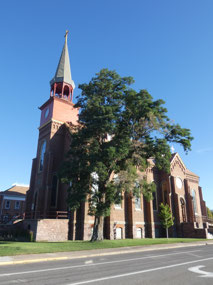
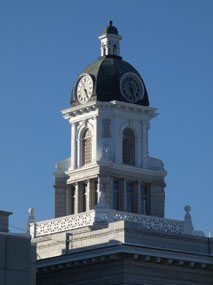
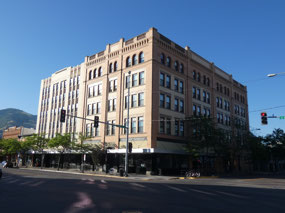
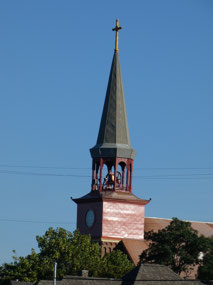
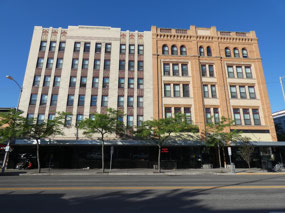
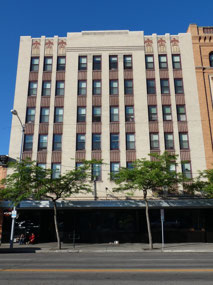
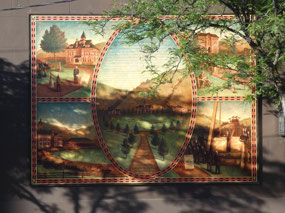
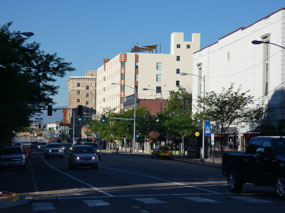
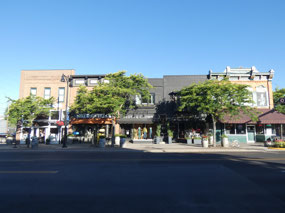
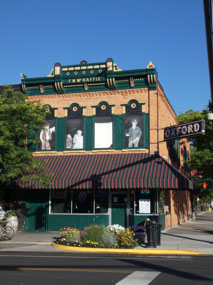
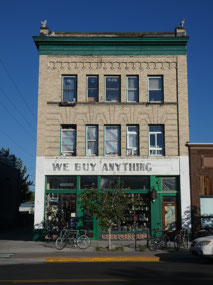
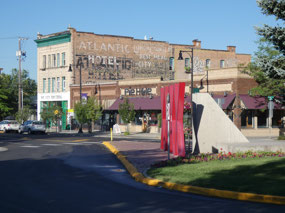
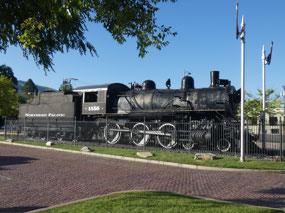
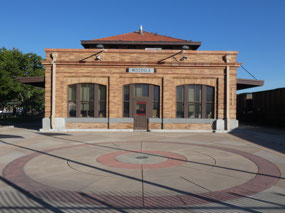
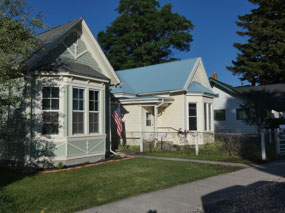
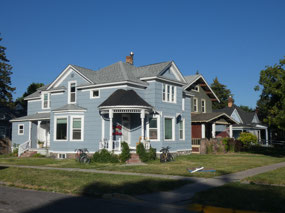
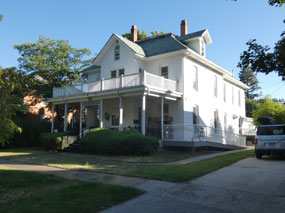
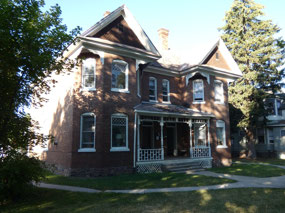
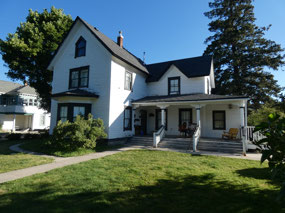

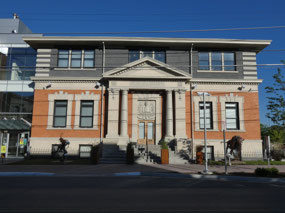
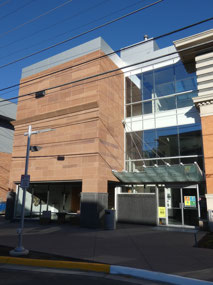
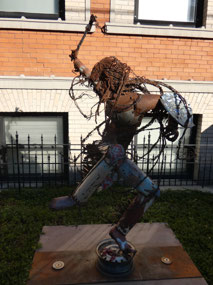

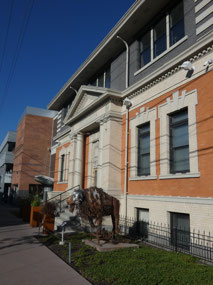
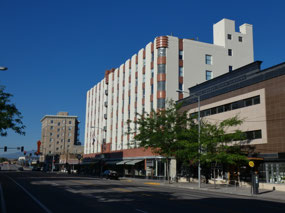
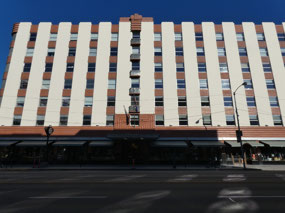
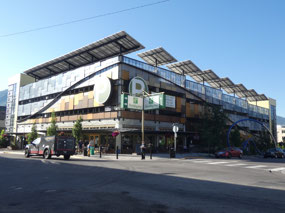
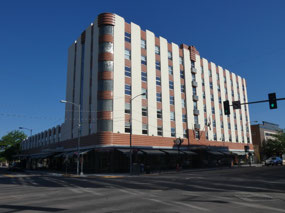
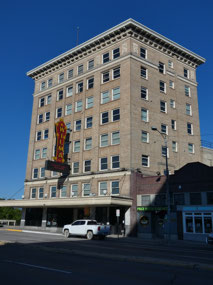
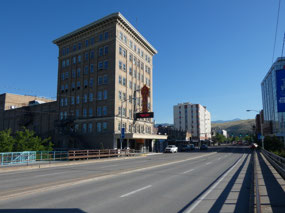
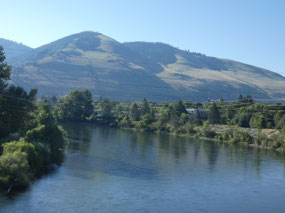
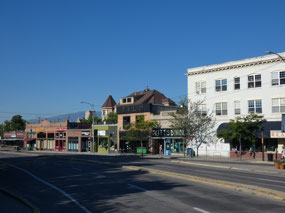
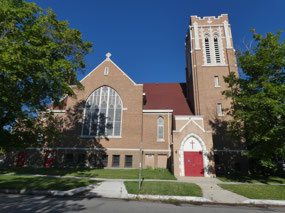
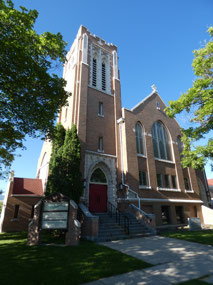
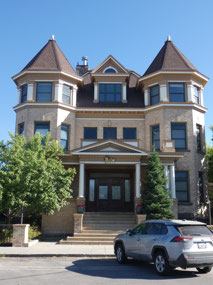
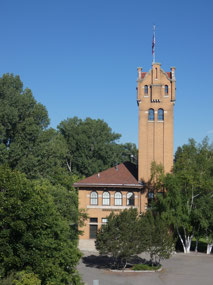
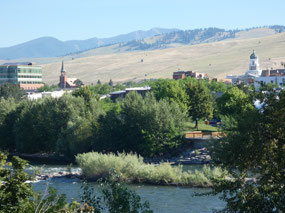
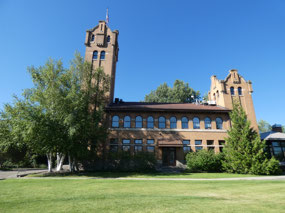
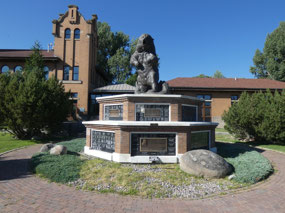
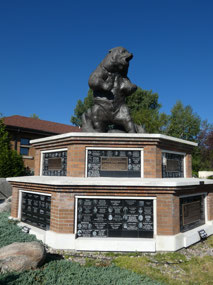
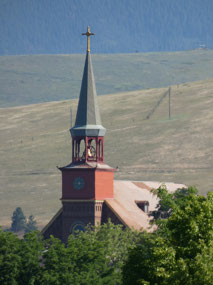
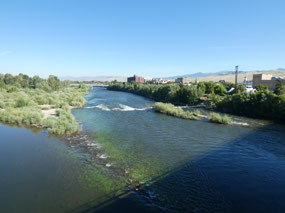
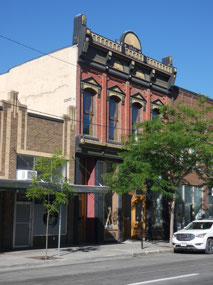
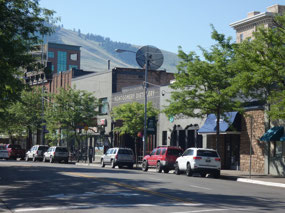
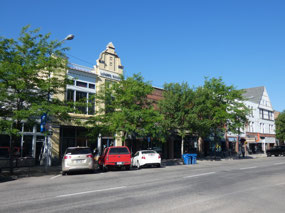
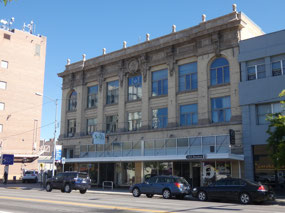
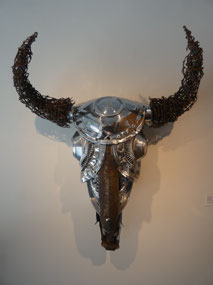
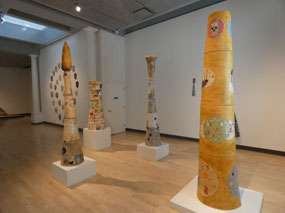
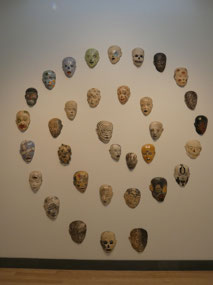
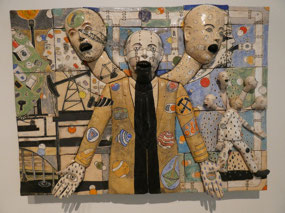
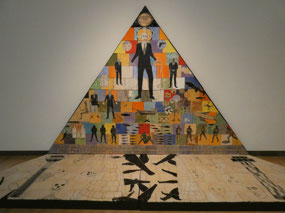
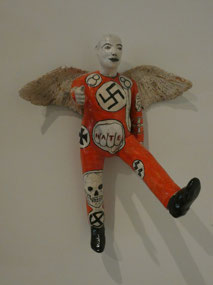
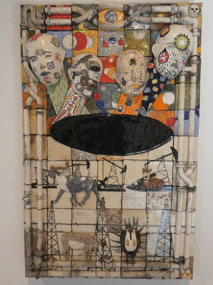

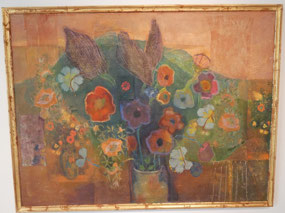
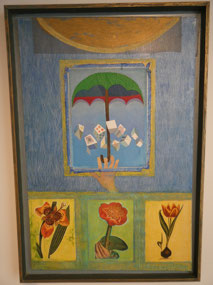
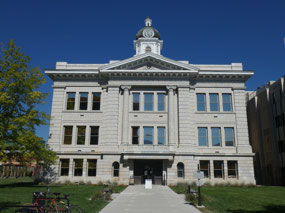
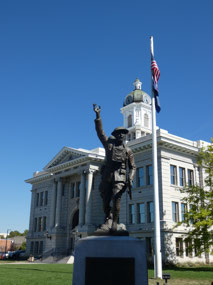
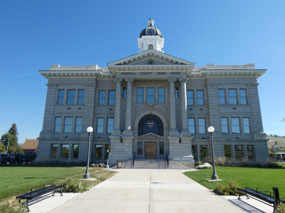
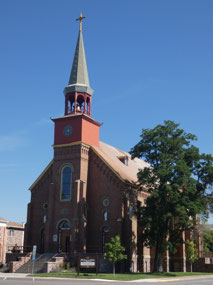
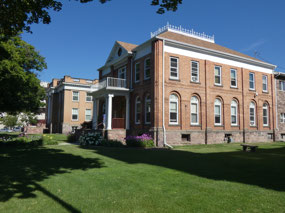
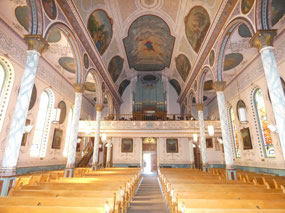
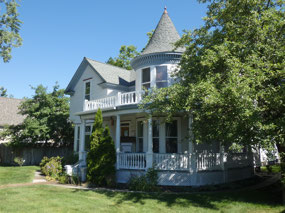
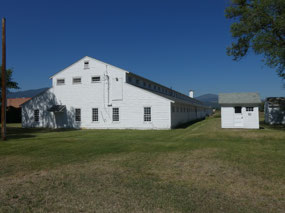
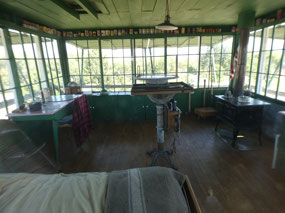

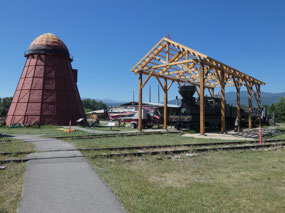
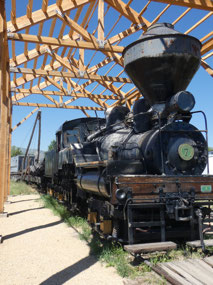
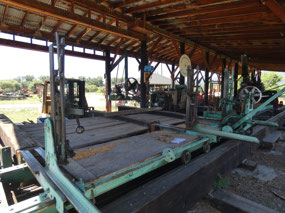
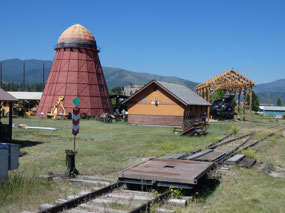
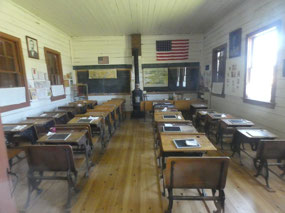
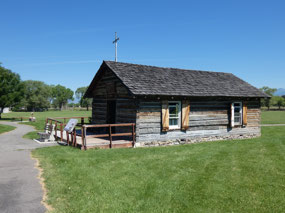
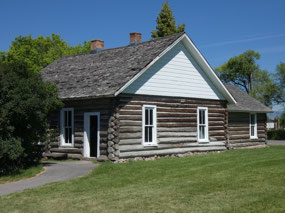
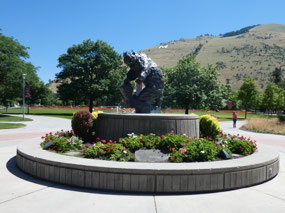
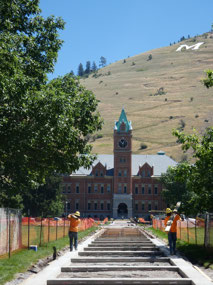
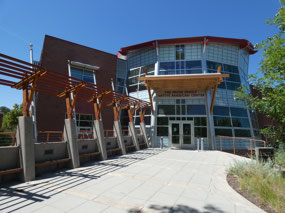
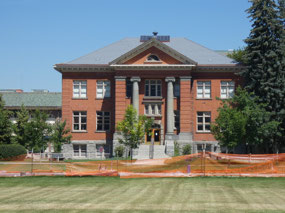
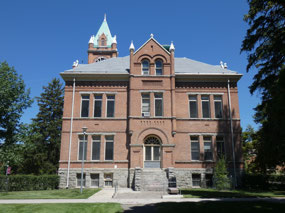
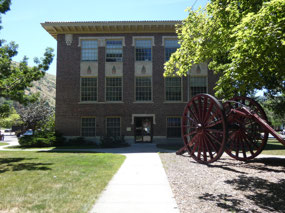
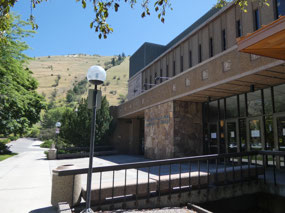


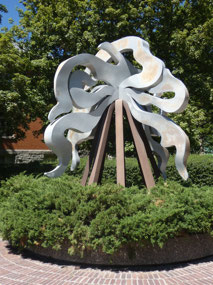
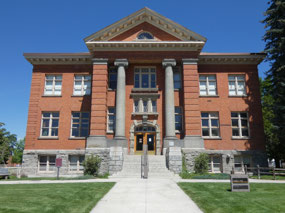
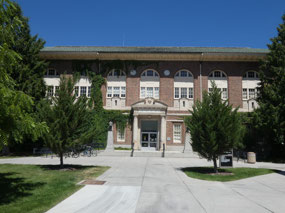
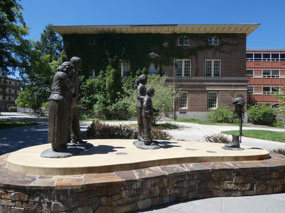
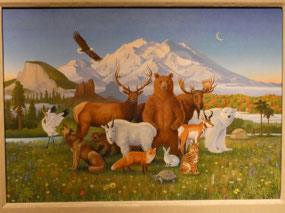
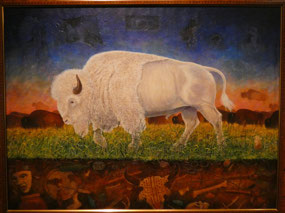
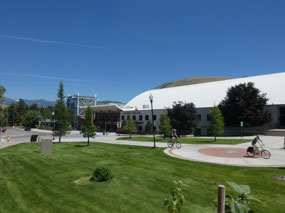
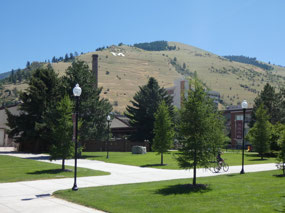
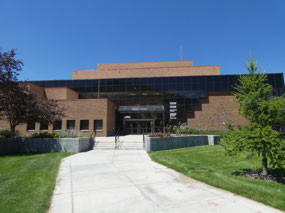
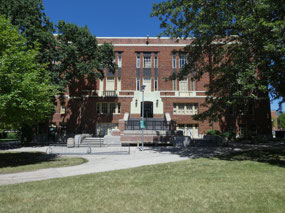

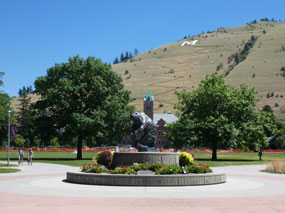
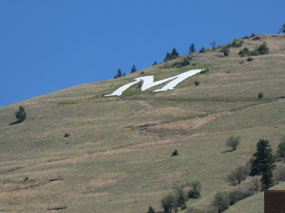

2025-05-22